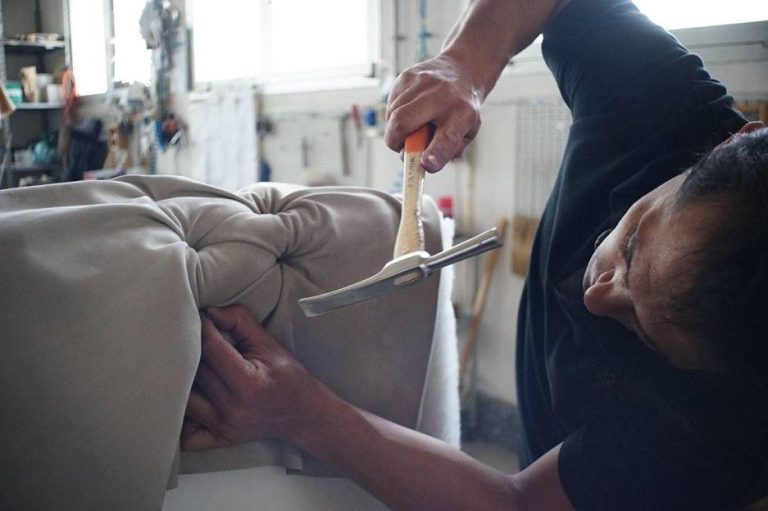It is widely accepted today that climate change and global warming are a reality. Research has shown how temperatures are increasing, the sea level is rising and weather conditions are more volatile. We are doing what we can to reduce the impact of climate change and minimise greenhouse gas emissions as best we can.
Making your home more energy efficient in general can help reduce greenhouse emissions that contribute to global warming. But there is also the issue of ensuring our homes are equipped to handle the extremities that the changing climate is sure to expose us to.

What kinds of weather conditions does climate change cause?
Covering such a large ground, Australia has many different climates that will be affected. In fact, some studies show that Australia will get the worst of it. Some of the conditions that you need to be aware of include:
- Higher temperatures– The temperature is estimated to increase around 1 degree Celsius by 2030. By 2070, Australia will be between 2.2 to 5 degrees hotter. This means a much greater risk of fire.
- Less rainfall – Rainfall would be fewer day by day in the southern areas of Australia, and more in the north.
- Higher sea levels – This will result in greater risk of flooding in coastal areas and inland near rivers, lakes, etc. By 2100, it is predicted that there will be 300 as many flooding events in Australia yearly.
- Natural Disasters – Greater risk of drought, cyclones and severe storms.

How can your home be prepared?
Our homes have been designed to withstand some pretty harsh conditions, but with the changing climate, new considerations will need to be made. The average life of homes in Australia range from 58 to 88 years, depending on the materials used.
If this is to continue, some homes built today will see the extreme conditions outlined above that will be upon us as soon as in 2100.
Obviously, the measures you take to ensure your home is climate-change proof will depend largely on where you’re located. But a few of the simplest considerations you should make to bolster your house in the near future are laid out below.
a. Make Your Home Fire-proof
Always take necessary precautionary and preventative measures to reduce the risk of fire. There will be an increase in the number of extreme fire-risk days in the future, and maintaining your property and ensuring your house is as fire-proof as possible should be your top concern.
This may include general maintenance and gardening, including the removal of leaves and branches as required. Ensure you have all the necessary equipment to deal with house fires, including smoke alarms and possibly even fire extinguishers. For more advanced fire safety testing, consider tools like Testifire, which are designed for reliable and efficient smoke and heat detector testing.
b. Drought-proof Water Storage
The risk of drought in the future is very real, particularly in the south. We have seen how this can put a strain on cities and agricultural regions in the 2000s, one of Australia’s worst droughts on record.
Residential home owners should always consider the possibility of installing a water storage tank, or at least ensuring there is enough space to install one later. Fire-proof shutters and sprinkler systems can also be a good idea.
c. Roof Overhead for Heat-proofing
Higher temperatures mean that more shade will be needed outside your home. Check your deck footings to make sure that they can support a roof overhead if necessary.
d. Prepare the Roof for Extra Rainfall
Ensure that your roof is able to withstand high levels of rainfall and hail if you are in a region where this kind of weather is expected.
e. Properly Insulated House
Make sure your home is properly insulated, sealing the airflow so as trap cool air in the house and make it easier to cool.
f. Go for Transportable/Modular Home
If you are in the market for a new home, there is a great deal to think about. Experts have suggested that you could consider a house with a limited life that is less expensive.
This may be a transportable or modular home, for instance. If you find that rising sea-levels or frequent storms make the area difficult to live in, you can easily relocate.
g. Raise Floor Level for Flood-proofing
If you are in a coastal area, raising floor levels may be something to consider in the near future.
While some of the discussed measures may seem overly pre-emptive, it’s well worth giving them some thought in the coming years.
Data Source:
Image Source: Free Images & Personal Images





Leave a Comment